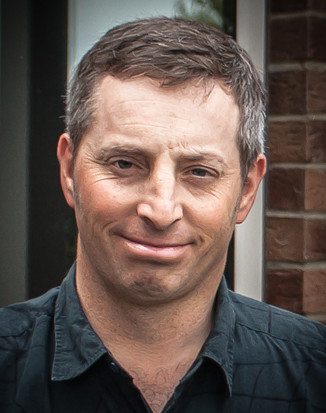It was explained to me about 18 years ago by a family tree that was supplied by Great Aunt, that we had connection to the Great family of the Persse's of Co. Galway.
At first I didn't know what this meant, but now I do.
A link to help a bit more on the Persse's : Persse History (Lady Gregory & Yeats Heritage Trail)
It took quite a while to understand this lineage, not by the account of who they were, but also how they were related.
It is said within the family, that the man called Rev. Robert Persse came from Northumbria or Northumberland England and settled in Ireland around c.1600.
His 3rd Great Grandson was Colonel William Persse of Roxborough, Co. Galway.
This is my line of Persse family.
It must be said that the Persse family were very well interconnected with each other, by means that cousins did very well marry cousins. And multitude of lineages, show this trend.
It has to be said that if you are a Persse descendant, you would most likely connect to another Persse descendants in multiple ways. The genealogy of the Persse family is difficult to just put writing, so I'll post images to show the transitions of my line.
Where my Persse interconnection really starts, is with my 4th Great Grandparents - Henry Hood Newenham and Annie Persse. Just for the record, they also were Persse 1st Cousins.
Indeed, as I found out a few months ago Henry and Annie's parents had a cousin-age at a much higher level as well.
Henry Hood was the 4th son of Edward Worth Newenham and Elizabeth Persse (5th GGP's).
I belive that Annie was the 2nd daughter of William Blakeney Persse and Anne Blood (5th GGP's) and Anne was also my direct maternal 5th GGM.
Elizabeth and William were Brother and Sister - children of Colonel William Persse and Sarah Blakeney of Roxborough (6th GGP's).
Many children and descendants were born at Roxborough house. Henry and wife Annie were both born in Dublin, but many other close family relatives, were actually born at Roxborough.
As many would know, that Roxborough was also the birthplace of the great Isabella Augusta Persse - Lady Gregory.
Colonel William Persse and his wife Sarah Blakeney, were Great Grandparents of Isabella
My 5th GGP's - Elizabeth Persse - Great Aunt and William B Persse - Great Uncle to Isabella.
One of the great interests, that is also in my research, is to do to with the Nuns Island Distillery, based in Galway City. It made the great Irish Whisky - Persse's "Galway" Whisky made under Henry S Persse - S for Stratford.
The Persse family owned and ran this Distillery for many years in the 19th Century and just made it into the 20th Century before it was closed down. Just before the Nuns Island days, Henry ran a Distillery in Newcastle.
There is a few things that tie my family history research with Henry.
Henry's sister - Elizabeth, was my 5th GGM. In a few family notes and as also depicted in the book on Henry Stratford Persse's life "Letters from Galway to America" edited by James Pethica and James Roy, mentions about Elizabeth.
Whilst Elizabeth's Husband - Edward Worth Newenham, was away (quite a bit on business in Dublin), she was referenced in notes as staying in Newcastle. I can only gather that Elizabeth and children were frequent visitors of the Newcastle territory.
As far as I am aware, no information found, suggests my line of Persse's had anything to do with the Persse Distillery but only be of family association to them.
As a slight kicker, to such a story, a business neighbour to Henry's Distillery on Nun's Island, was a Maltser/Brewer named Francis Fitzgerald.
This man had 2 sons that migrated to Australia - Nicholas and Edward. These 2 Brothers were the forefront to Beer Brewing in Melbourne Australia during the mid 19th century.
They created the Castlemaine Brewery (also known for brewing XXXX Beer). The Castlemaine Brewery was of course in Castlemaine Victoria during the Gold Rush era, but later on, it's production moved to Queensland.
Nicholas, is part of my research, not only that I have the same surname - no relation as of yet, but he is buried in the same cemetery as some of my Persse/Newenham family. St.Kilda Cemetery - Melbourne.
Nicholas is buried just 50 odd metres away from Eliza Persse Newenham (my 3rd GGM) and about 90 metres away from Eliza's Brother - Edward Persse Newenham.
These 2 Newenham's were Grandchildren of Elizabeth Persse (which means that Henry Stratford was their Great Uncle)
I find it extraordinary to find a connection like this half a world away from "home" and yet they get buried in the same cemetery.
The other connection that is very interesting, is that my 3rd GGF Frederick John Hasler, who married Eliza Persse Newenham, used to be a rower back in Galway City. He was an extremely good rower and used to partake in events held on the River Corrib around the 1860's.
He was a professional photographer and was based in Upper Dominick Street. And to think that he rowed right beside the Persse Distillery before becoming part of the family (1/2 a world away).
Below is the easiest way to explain the lineages.
 |
The inter-relations keep going |



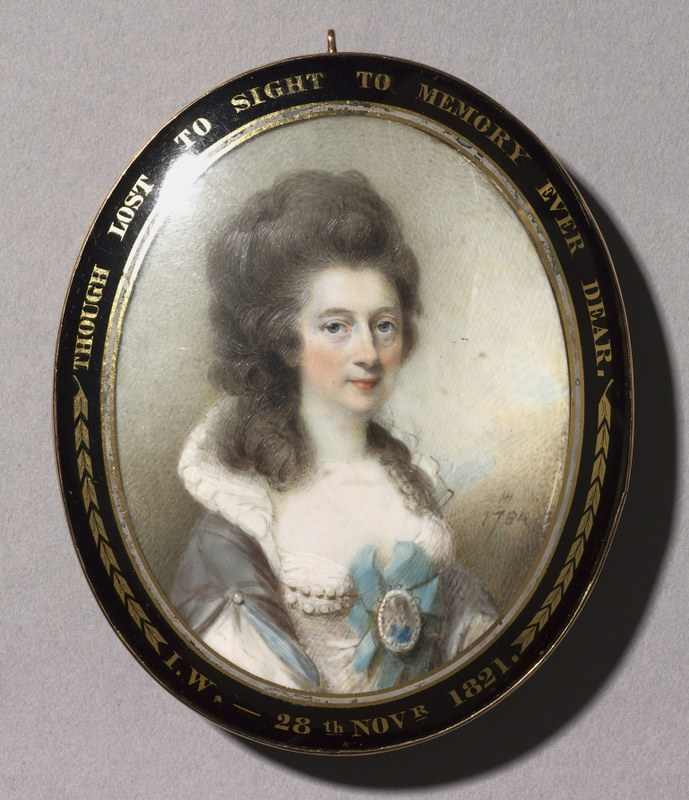
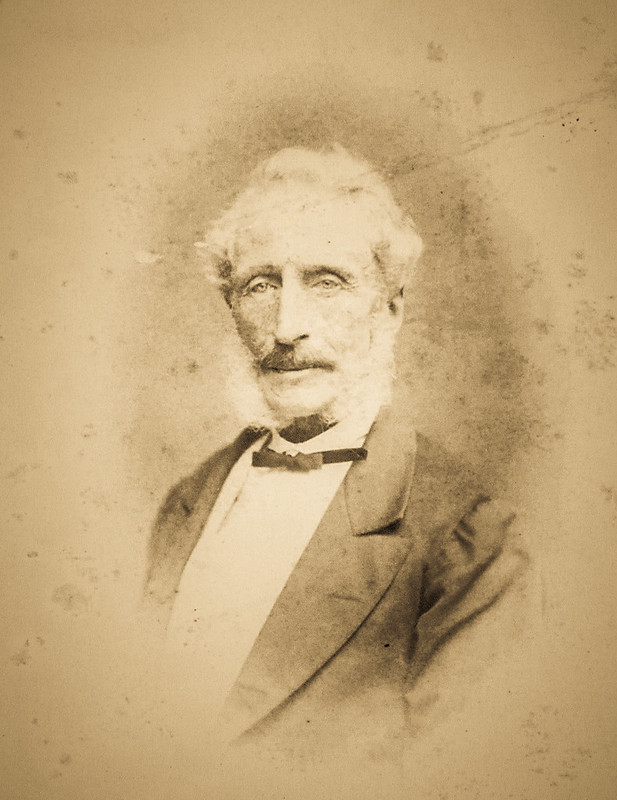
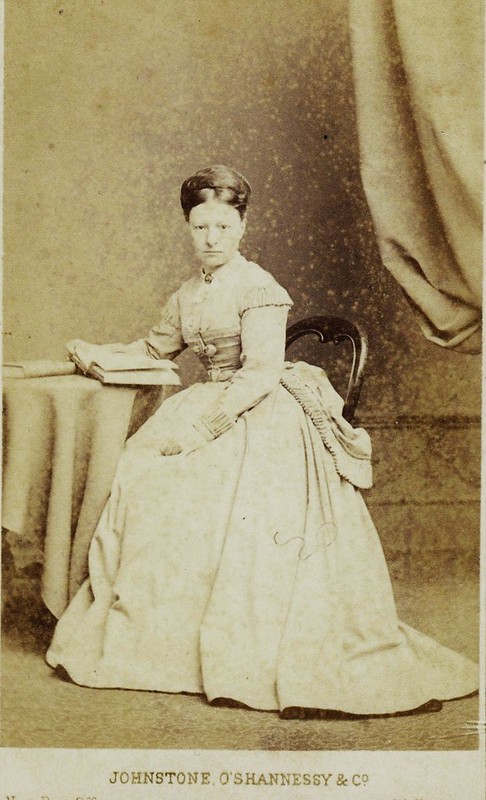

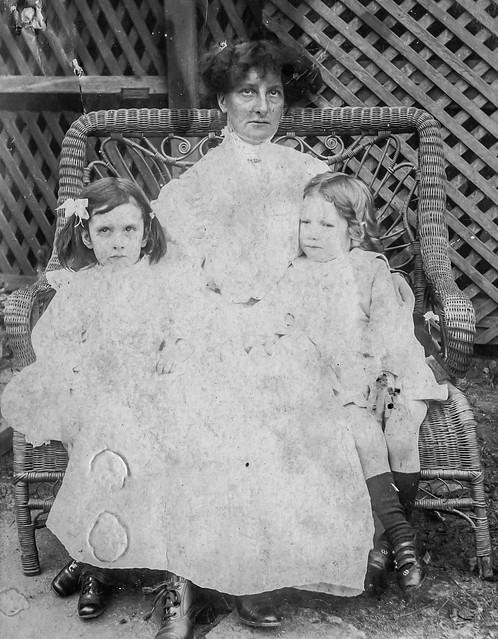
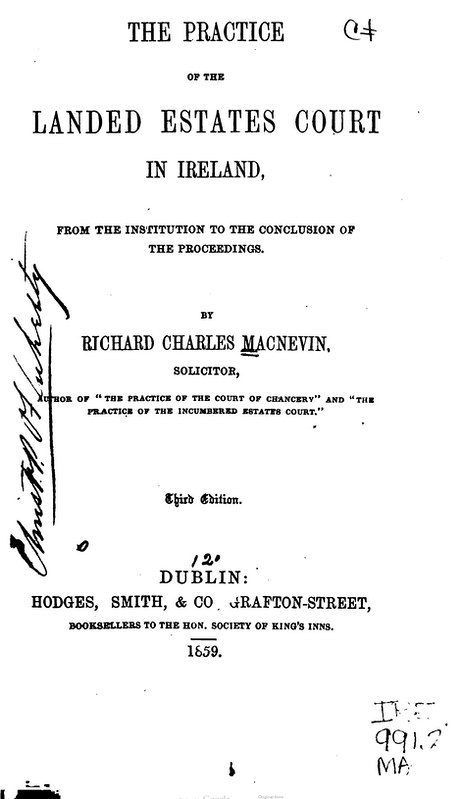




















.jpg)
















